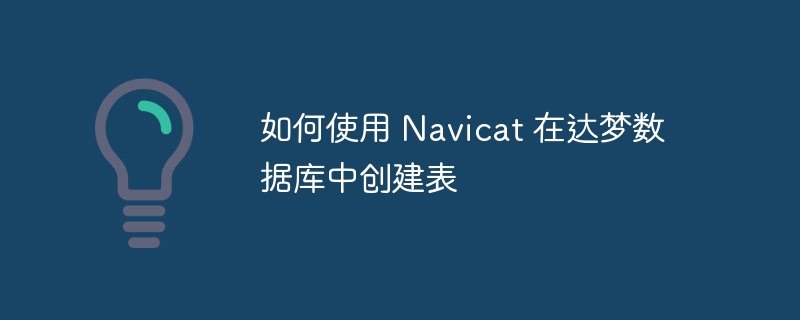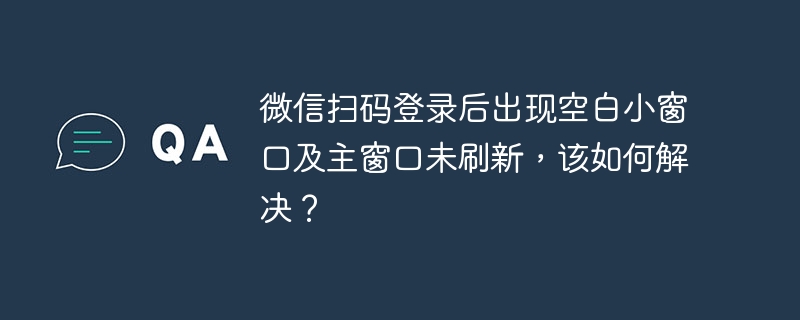在python中实现线程同步可以通过使用lock、rlock、semaphore、condition和Event等工具。1. lock用于确保同一时间只有一个线程访问共享资源。2. rlock允许同一个线程多次获取同一把锁。3. semaphore控制同时访问资源的线程数量。4. condition用于复杂的同步场景,如生产者-消费者模式。5. event用于线程间的简单通信。这些工具结合使用可以有效管理多线程应用中的同步问题。

在python中实现线程同步是个有趣且关键的话题,尤其是在编写多线程应用时,确保线程之间的协调和数据一致性至关重要。那么,怎样在Python中实现线程同步呢?我们可以使用Python提供的几个工具,如Lock、RLock、Semaphore、Condition以及Event。这些工具各有其用途和适用场景,下面我将详细展开讨论如何使用它们,以及在实际开发中应注意的要点和一些我个人的经验分享。
首先,让我们从最基础的工具Lock开始,它就像是多线程编程中的一把锁,确保在同一时间只有一个线程能够访问共享资源。这对于避免竞争条件(race condition)非常有用。以下是一个简单的示例:
import threading # 共享资源 counter = 0 # 锁对象 lock = threading.Lock() def increment(): global counter for _ in range(100000): with lock: # 获得锁 counter += 1 # 增加计数器 # 锁会在这里自动释放 # 创建两个线程 thread1 = threading.Thread(target=increment) thread2 = threading.Thread(target=increment) # 启动线程 thread1.start() thread2.start() # 等待线程完成 thread1.join() thread2.join() print(f"最终计数器值: {counter}")
在这个例子中,with lock:确保了在修改共享变量counter时,两个线程不会同时进行操作,从而保证了数据的正确性。
立即学习“Python免费学习笔记(深入)”;
接下来,让我们谈谈RLock(可重入锁),它与Lock类似,但允许同一个线程多次获取同一把锁。这在递归函数中或需要嵌套锁的场景中非常有用。使用RLock时,需要注意的是,锁的释放必须与获取次数相匹配,否则会导致死锁。
import threading rlock = threading.RLock() def nested_function(): with rlock: print("获得锁") with rlock: print("再次获得锁") thread = threading.Thread(target=nested_function) thread.start() thread.join()
Semaphore是另一种同步工具,它用于控制同时访问某个资源的线程数量。比如,你有一个池子,只能同时容纳5个线程,那么可以使用Semaphore来实现这个限制。
import threading import time semaphore = threading.Semaphore(5) def worker(): with semaphore: print(f"线程 {threading.current_thread().name} 进入池子") time.sleep(2) print(f"线程 {threading.current_thread().name} 离开池子") threads = [] for i in range(10): t = threading.Thread(target=worker, name=f"Thread-{i}") threads.append(t) t.start() for t in threads: t.join()
在使用Semaphore时,需要注意的是,信号量的值会影响程序的并发度,设置不当可能会导致性能问题。
Condition变量用于更复杂的线程同步场景,它允许线程在满足某些条件时进行等待和通知。以下是一个生产者-消费者的简单实现:
import threading import time import random items = [] condition = threading.Condition() def producer(): global items while True: with condition: if len(items) == 10: condition.wait() item = random.randint(1, 10) items.append(item) print(f"生产者添加了{item}") condition.notify() def consumer(): global items while True: with condition: if len(items) == 0: condition.wait() item = items.pop(0) print(f"消费者消费了{item}") condition.notify() time.sleep(1) producer_thread = threading.Thread(target=producer) consumer_thread = threading.Thread(target=consumer) producer_thread.start() consumer_thread.start() producer_thread.join() consumer_thread.join()
使用Condition时,需要特别注意条件变量的使用是否正确,否则可能会导致死锁或其他同步问题。
最后,Event对象用于线程间的简单通信,它允许一个线程通知其他线程某个事件已经发生。以下是一个简单的示例:
import threading import time event = threading.Event() def worker(): print("等待事件...") event.wait() print("事件已触发,继续执行") thread = threading.Thread(target=worker) thread.start() time.sleep(2) print("触发事件") event.set() thread.join()
在使用Event时,需要注意的是,Event是非重置的,一旦被设置为True,除非手动重置,否则会一直保持True状态。
在实际开发中,我发现线程同步的实现往往需要结合多种工具来达到最佳效果。例如,在一个复杂的系统中,可能需要同时使用Lock来保护关键数据,Semaphore来控制并发度,Condition来实现生产者-消费者模式,等等。同时,还需要注意避免死锁,这通常可以通过确保锁的获取顺序一致来避免。
此外,Python的threading模块虽然强大,但也有一些限制,比如全局解释器锁(GIL)会影响多线程程序的性能。对于需要高并发的应用,可能需要考虑使用multiprocessing模块或异步编程(如asyncio)来替代或补充线程。
总之,线程同步在Python中可以通过多种工具来实现,每种工具都有其独特的用途和适用场景。通过合理使用这些工具,并结合实际经验和最佳实践,可以有效地管理多线程应用中的同步问题。



















